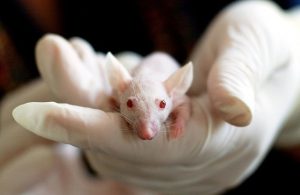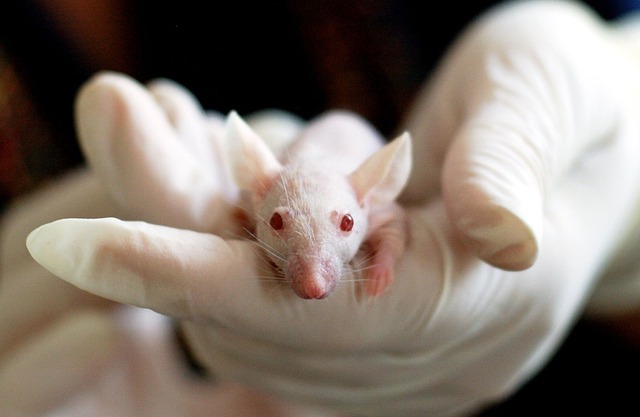Study Shows Alzheimer’s Protein Passing from Blood to Brain in Mice
 Scientists in China collaborating with the University of British Columbia, have found for the first time that amyloid present in a brain can trigger features of Alzheimer’s disease in a separate brain via a shared blood supply. The findings are published today in the journal, Molecular Psychiatry.
Scientists in China collaborating with the University of British Columbia, have found for the first time that amyloid present in a brain can trigger features of Alzheimer’s disease in a separate brain via a shared blood supply. The findings are published today in the journal, Molecular Psychiatry.
Alzheimer’s disease is the most common cause of dementia, currently directly affecting over 500,000 people in the UK. During the onset of Alzheimer’s, the protein amyloid builds up around nerve cells in the brain, eventually forming clumps called plaques. Another protein, tau, also becomes sticky, causing tangles that build up inside nerve cells. Amyloid plaques accumulate in the brains of people with Alzheimer’s, but the protein is also found in other parts of the body including the blood and muscles.
Normally a barrier between the blood and the brain is important in protecting the brain from any harmful proteins in the blood. Finding evidence that the blood from a mouse producing extremely high levels of amyloid could pass across this blood-brain barrier allowed scientists to study the behaviour of the protein in more detail.
By physically attaching the circulatory systems of two mice, researchers produced mouse pairs which share the same blood supply. Joining a ‘healthy’ mouse to a mouse whose brain was producing extremely high levels of amyloid, scientists found the healthy mouse developed amyloid plaques in its brain after 12 months of being joined; this was not seen in control mice.
After one year of being joined to a mouse with features of Alzheimer’s, the healthy mice also showed more tau protein in the brain and more brain inflammation than those that were joined to another healthy mouse.
Studying the behaviour of mice in this study was not feasible. Instead, researchers looked at electrical signals in an area of the brain thought to be essential in learning and memory, finding it was impaired in the ‘healthy’ mice who had been joined to the diseased mouse.
Dr David Reynolds, Chief Scientific Officer at Alzheimer’s Research UK said:
“The brain does not operate in isolation from the rest of the body. While Alzheimer’s may specifically cause damage to the brain, it is important that we consider the whole of the body as we work to understand and tackle the disease.”
“While scientists tend to think of the amyloid protein forming and building up in the brain, this study highlights the potential for amyloid from outside the brain to play a role in the disease. The research in mice suggests that prolonged periods with artificially high levels of amyloid in the blood could cause Alzheimer’s related changes in the brain. This is an interesting finding at a research level, which may help scientists unpick the interplay between amyloid in the brain and the rest of the body.”
“As with any research involving mice, the only way to know if these findings are relevant to how Alzheimer’s develops in people is through studies that focus on human biology. If these findings do prove to be relevant to people, it highlights the continued importance of developing treatments that target amyloid in the body as well as the brain.”





